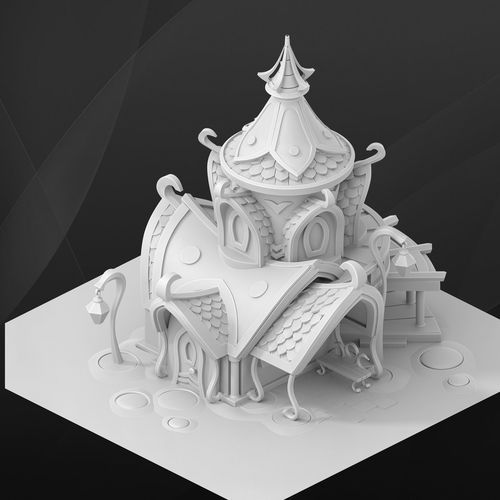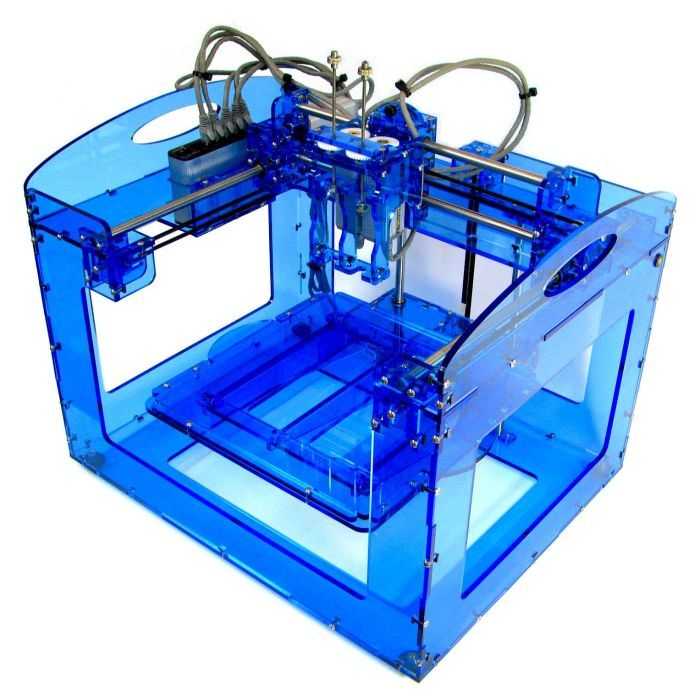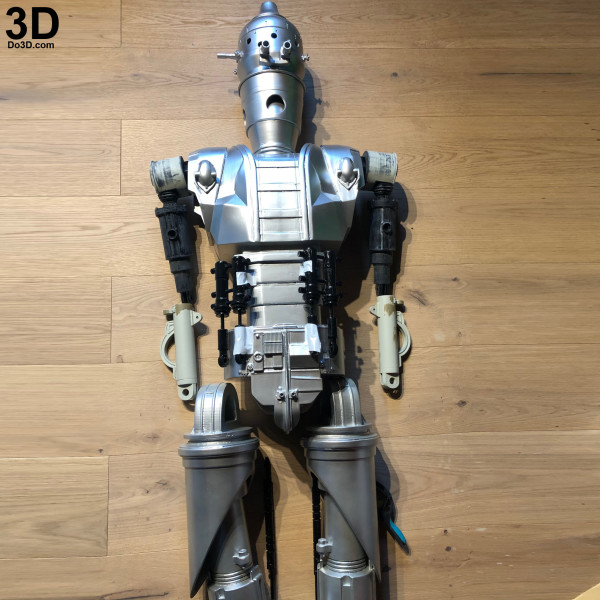3D printing manufacture
The evolution of 3D printing in manufacturing
Paul Benning, Chief Technologist at3D Print HP Inc. discusses the current technology trends within the manufacturing industry relating to 3D printing...
Paul Benning, Chief Technologist at 3D Print HP Inc. discusses the current technology trends within the manufacturing industry relating to 3D printing.
What is 3D printing?
3D printing is a manufacturing process that produces objects in accordance to a 3D digital model. By using a 3D printer and adding material layer by layer, such as plastics and metals, complex objects can be produced both rapidly and at low cost, in short runs or as one-of-a-kind parts. HP Multi Jet Fusion 3D technology enables customers to produce complex parts with controllable physical and functional properties at each point and provides speed, quality and strength throughout the manufacturing process for a range of industries and applications.
How has 3D printing evolved over the years?
We’re on the cusp of the 4th Industrial Revolution, where physical and digital technologies will radically alter how companies conceive, design, produce, distribute and repair nearly everything. The increased global demand for sustainable solutions and customised products has resulted in a surge in demand for 3D-printed parts and products. Technological innovations in the field have halved costs while delivering twice the performance. As the 3D printing sector moves beyond prototyping, use of this technology, particularly in supply chains, is becoming increasingly widespread.
In 2018, HP launched Metal Jet technology, the world’s most advanced 3D printing technology for the high-volume manufacturing of production-grade metal parts. It delivers mechanically functional final parts with up to 50x more productivity than other 3D printing methods, and at significantly lower cost compared to other binder jetting systems.
As we see more customers scale for production and further collaboration through a growing ecosystem of partners, the possibilities are growing for a new era of manufacturing.
What are the current trends in 3D printing?
A trend we’ll see is the accelerated impact of digital manufacturing take hold in the form of production applications, particularly across the automotive, industrial and medical sectors. In the auto sector, we’ve seen an increased focus on developing production-grade materials for auto applications as 3D printing gravitates from prototyping to full production of final parts and products. Additionally, as new platforms such as electric vehicles enter mass production, HP Metal Jet is expected to be leveraged for applications such as the light weighting of fully safety-certified metal parts. Industrial 3D manufacturing also enables the automotive industry to produce applications in new ways that were previously impossible, along with the ability to design application-specific parts for individual systems or models.
What innovative technology have you seen being used with 3D printing?
One really powerful example of 3D printing we’ve seen in the last few weeks is how 3D suppliers and digital manufacturers are coming together to help produce vital applications to help fight COVID-19. HP and its global network of partners and customers are printing crucial parts such as ventilator valves, face mask adjusters and hands-free door handles - for local hospitals and healthcare providers around the world.
Beyond how 3D is supporting the current situation at hand, we’ve seen myriad ways that the technology has been used – everything from customised prosthetic limbs, to parts that are used in cars, to invisible braces helping people to achieve their desired smile.
With industries facing increased customer centricity when it comes to the services they provide, how can 3D printing help to drive customer centricity?
One of the major benefits of 3D printing is the ability to customise products and parts fully for the end user. This may be in the form of design preference, or it could serve a more practical purpose such as improving the fit or usability of a product. For example, 3D printing makes it easy to customize prosthetic limbs and shortens the production time from weeks to days, and it can deliver custom-fitted and individualized footwear, including insoles, through innovative 3D scanning, dynamic gait analysis and manufacturing technologies.
This may be in the form of design preference, or it could serve a more practical purpose such as improving the fit or usability of a product. For example, 3D printing makes it easy to customize prosthetic limbs and shortens the production time from weeks to days, and it can deliver custom-fitted and individualized footwear, including insoles, through innovative 3D scanning, dynamic gait analysis and manufacturing technologies.
How can 3D printing make manufacturing more agile?
By allowing consumers to dictate demand, 3D printing lends itself to increased supply chain mobility, flexibility and adaptability, therefore reducing costs and waste. Companies no longer have to predict consumer demand by gambling on how much of a product they will sell; 3D printing ensures the infinite flexibility as they are able to print what they need.
SEE ALSO:
-
Industry 4.0: managing the Cultural Impact in Manufacturing
-
Oracle: a modern platform for smart connected factories
-
PwC: digital factories shaping the future of manufacturing
-
Read the latest issue of Manufacturing Global here
3D printing also allows manufacturers to prototype more successfully, as they can print a new model/part with every advancement or amendment of the design, through a simple tweak on the software, printed instantly. Thus, saving time and money rather than if they had to produce new moulds each time.
Thus, saving time and money rather than if they had to produce new moulds each time.
3D printing also allows for incredible volumes to be produced in a short time frame. HP customer SmileDirectClub uses Mult Jet Fusion 3D printing solutions to produce more than 50,000 personalised moulds each day, and anticipates printing nearly 20 million mouth molds over the next 12 months alone.
In 2018, more than 10 million parts were produced using HP Multi Jet Fusion technology worldwide.
How can 3D printing benefit the manufacturing industry?
3D printing completely reinvents the way things are conceived, designed, produced and distributed, significantly lowering development and production costs, immensely simplifying logistics, and lowering carbon footprint. It holds great potential to revolutionise supply chains, and we are beginning to see an increase in the number of companies who turn to this form of manufacturing in order to stay competitive and create products faster.
3D printing will be the catalyst for significant shifts within the global manufacturing sector, and leaders will be defined by their ability to harness its full disruptive power. In a fully digital future, the production of goods will be driven closer to the consumer, democratizing manufacturing on a worldwide scale and allowing products to be mass-customized.by traditional processes, designers will be free to create entirely new categories of products, as the line between ideas and physical reality erodes. And manufacturers, no longer tethered to overseas factories, will shorten supply chains with a newfound ability to custom-produce anything, anywhere.
What are the challenges of 3D printing?
The most significant hurdle is the change of mindset. It is crucial to think about designing for 3D from the first stages of product development, to think about the wider implications of how development is staged to full scale production, and how supply chains can be further optimized.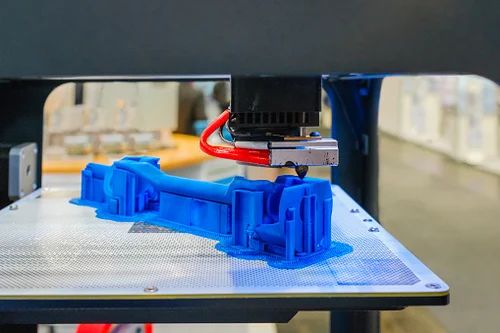 There are deep, engrained sense of limits and hurdles for those who have worked decades in traditional manufacturing. With 3D manufacturing, there is almost a re-learning process that needs to take place – the vast majority those limits no longer apply. The design possibilities are limitless. And, of course, there are new skills that must be developed to fully leverage these possibilities. For engineers, new elements of the design process will be introduced into their roles where they will need to learn the mechanics of 3D printing to become experts in the processes and best support operational functions during production.
There are deep, engrained sense of limits and hurdles for those who have worked decades in traditional manufacturing. With 3D manufacturing, there is almost a re-learning process that needs to take place – the vast majority those limits no longer apply. The design possibilities are limitless. And, of course, there are new skills that must be developed to fully leverage these possibilities. For engineers, new elements of the design process will be introduced into their roles where they will need to learn the mechanics of 3D printing to become experts in the processes and best support operational functions during production.
What applications of 3D printing have you seen within the industry?
3D printing is being used in a variety of industries including automotive, manufacturing, healthcare and consumer goods. Alongside the incredible efforts to help support the COVID-19 pandemic, I’ve also seen some fantastic applications in the commercial sector.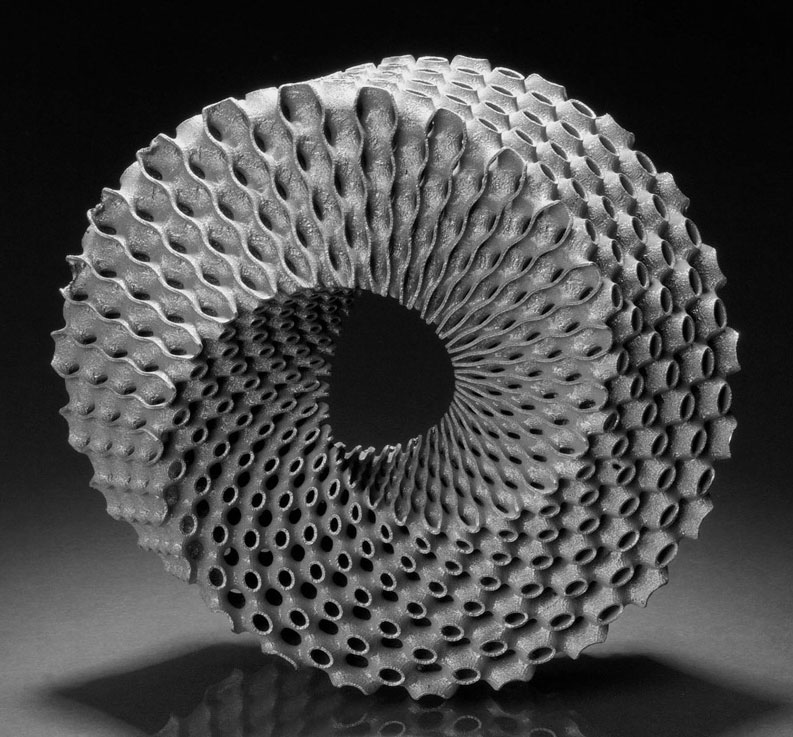 3D printing is being used by major car manufacturers to produce gear sticks and safety gloves, fashion designers are producing 3D printed handbags and shoes and companies are printing custom foot insoles with just a scan of a patient’s foot. The possibilities really are endless and I’m looking forward to seeing what comes out of the industry over the next few years.
3D printing is being used by major car manufacturers to produce gear sticks and safety gloves, fashion designers are producing 3D printed handbags and shoes and companies are printing custom foot insoles with just a scan of a patient’s foot. The possibilities really are endless and I’m looking forward to seeing what comes out of the industry over the next few years.
The work being done by Jaguar Land Rover as they advance EV development, or Vestas VBIC, the largest provider of wind turbines in the world, are significant examples of how 3D printing is enabling industries to move seamlessly from prototyping to production, with incredible flexibility to make improvements in near real time.
For more information on manufacturing topics - please take a look at the latest edition of Manufacturing Global.
Follow us on LinkedIn and Twitter.
3D Printing in Manufacturing | Markforged
Join industry leaders in adopting additive manufacturing
Manufacture better, no matter what you make
Nearly every modern manufacturer can directly benefit from implementing 3D printing. Bring the modern convenience of digital parts to your factory today and initiate unprecedented improvements in process and end-customer products tomorrow. With 3D printing, you can turn process inefficiencies and logistical headaches into competitive advantages.
Bring the modern convenience of digital parts to your factory today and initiate unprecedented improvements in process and end-customer products tomorrow. With 3D printing, you can turn process inefficiencies and logistical headaches into competitive advantages.
Distributed Tooling
Cutting-edge 3D printing is made for tooling — modern machines can easily print robust parts in a wide variety of geometries.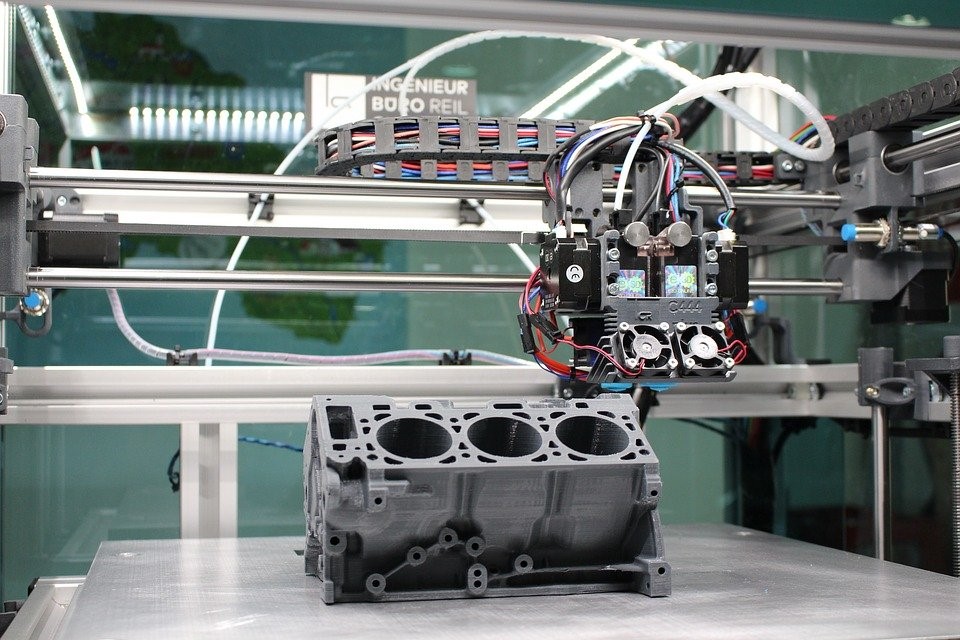 Tooling can be digitally transferred anywhere, meaning you have point-of-need 3D printing, whether you have one local shop or 20 global sites.
Tooling can be digitally transferred anywhere, meaning you have point-of-need 3D printing, whether you have one local shop or 20 global sites.
Custom Part Production
For low-volume and specialized parts, 3D printing offers a way to execute the entire manufacturing process — design, production, and support — on a single platform. Produce custom parts cheaper, faster, and better with Markforged printers and make better performing products that more closely respond to customer requirements.
Streamline MRO At Scale
Distributed additive manufacturing infrastructure can enable a leaner, more capable MRO ecosystem. Maintain a digital inventory of parts globally that can be 3D printed on demand at the point of need. Solve manufacturing problems as quickly as they come up with unmatched agility.
Talk to an Expert
Digital Forge for manufacturing
Guhring UK manufactures cutting and milling tools for the world’s biggest companies. When specialized tooling calls for unmatched complexity, precision, and strength, they turn to their Markforged industrial 3D printers. Find out how Guhring UK and over 100 other manufacturers are transforming their operations with Markforged technology.
When specialized tooling calls for unmatched complexity, precision, and strength, they turn to their Markforged industrial 3D printers. Find out how Guhring UK and over 100 other manufacturers are transforming their operations with Markforged technology.
“
From verifying the tool’s design to printing the tool, we can vastly reduce the lead time with 3D printing, as opposed to manually machining the parts.”
– Alan Pearce, PCD Production Supervisor, Guhring UK
Read the Case Study
Why invest in Markforged 3D printers?
- Print composites, continuous fibers, and metals on a single platform
- Continuous fiber reinforced parts can replace aluminum and Delrin in a wide variety of tooling and prototype operations
- High-strength metals and composites are robust enough to function as production parts
- Reliable systems always run when you need them to
- Scalable platform enables you to both generate day-one value and build a company-wide distributed manufacturing infrastructure
High-value industrial applications
- Wear-resistant rollers and guides
- Custom automation trays and carriers
- Durable brackets and sensor mounts
- Lightweight robotic end-of-arm-tooling
- High-load lifting tools
- Inspection and CMM workholding
3D Printing News & Events CubicPrints | All News
3D Printing News & Events CubicPrints | All news | Page #13D Printing News & Events CubicPrints
All News Interview Developments Contests 3D printing in the world
Milling aluminum intake manifold
We were recently approached by a customer with the task of manufacturing a durable intake manifold part for a Mercedes Sprinter engine. Surely many owners of the Mercedes Sprinter on the 646 engine are familiar with this weak link in the car. The logical decision in this situation was the manufacture of a similar, but more durable metal parts. We proposed to make a collector from aluminum using CNC milling.
Surely many owners of the Mercedes Sprinter on the 646 engine are familiar with this weak link in the car. The logical decision in this situation was the manufacture of a similar, but more durable metal parts. We proposed to make a collector from aluminum using CNC milling.
How to export 3D models from different programs to STL?
To start printing on a 3D printer, you need to prepare a digital 3D model. In order for the digital model to be accepted by a 3D printer, you need to export it to the .STL format suitable for most printers. In this article, we will show you how to export a 3D model to STL format in the most common 3D modeling programs.
Where can I find ready-made 3D models for printing on a 3D printer?
The first and indispensable condition for 3D printing is the availability of a digital 3D model in the .STL format “edible” for most 3D printers.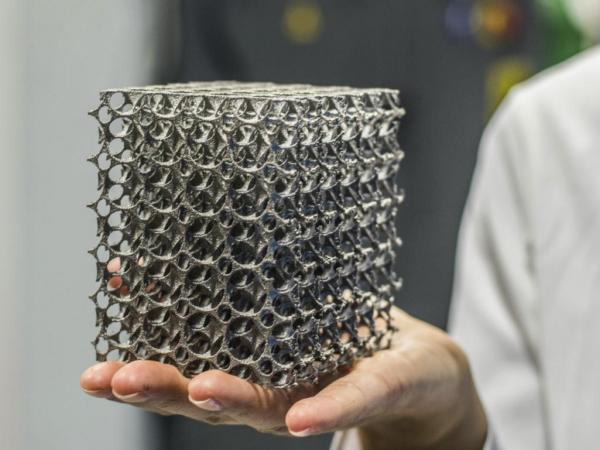 We have compiled a selection of sites with ready-made 3D models for 3D printing.
We have compiled a selection of sites with ready-made 3D models for 3D printing.
3D modeling lessons
We told the Smart Country portal about the essence of 3D printing
Many people know that 3D printers exist and function successfully, but they still do not understand exactly how the process of “growing” real products from digital models takes place. Our CEO Roman Arkhangelsky spoke in detail to the platform about innovations and technologies "Smart Country" about the essence of 3D printing, its current development and prospects.
We invite you to the Interplastica exhibition from 23 to 26 January!
We invite you to the exhibition of additive technologies in industry "3D fab + print Russia", which will be held in Moscow as part of the international specialized exhibition of plastics and rubbers Interplastica 2018. The exhibition will be held from January 23 to 26 at the Expocentre Fairgrounds, we will accommodate pavilion, booth 2.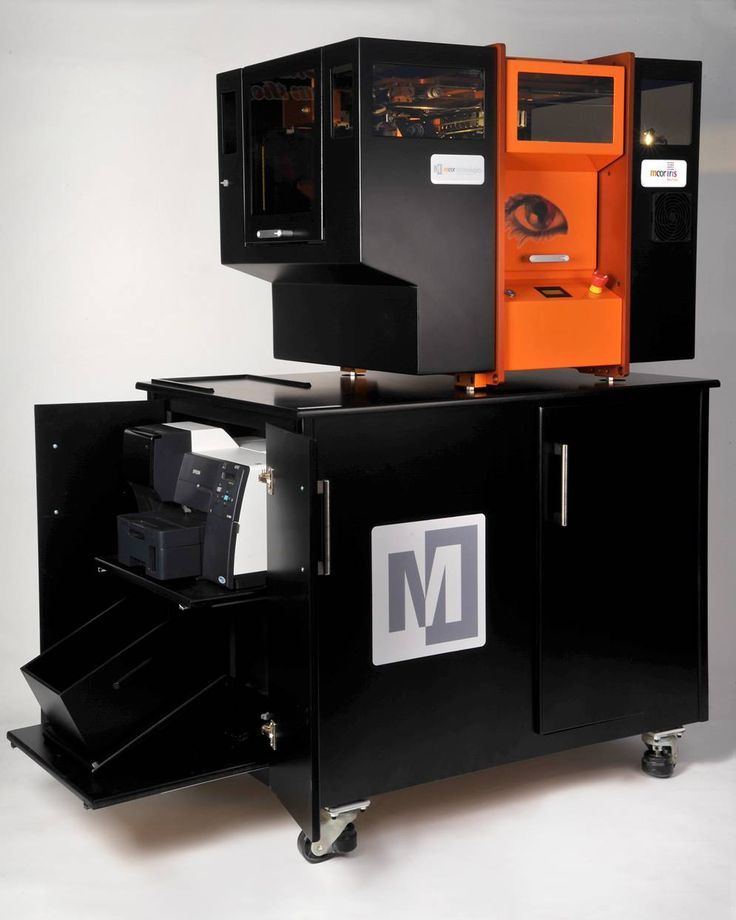 3D40. We will give the first 150 visitors a 3D-printed bicycle constructor.
3D40. We will give the first 150 visitors a 3D-printed bicycle constructor.
Happy New Year 2018 and give an additional 5% discount in January!
Dear friends and partners, we wish you a Happy New Year and Merry Christmas! We give a 5% discount on an online order placed in January! To activate the discount when placing an online order, enter the promo code: NY2018
How to make a solar ship controller?
Summing up the results of the outgoing year, we want to tell you about one of the most interesting projects that we managed to implement together with our colleagues from the technopark - the engineering company "Electric Transport Technologies". It was necessary to make 30 controller cases for solar-powered racing ships for participants in the All-Russian engineering competition "Solar Regatta".
Why is CNC milling better than turning?
Milling is the processing of parts by hand or on a machine using a cutter.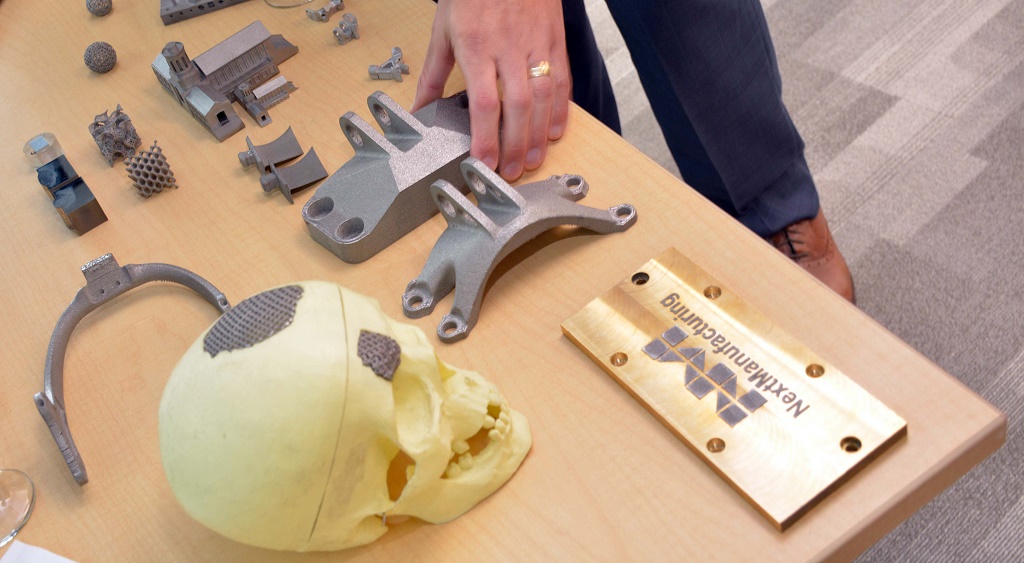 The word cutter itself comes from the French "fraise" to grind, crush. The French often exaggerate, the cutter does not directly crush, but the essence is generally conveyed. A milling cutter is a small gear that removes layers from the surface of a workpiece at a given point. You can set this point manually or using the program.
The word cutter itself comes from the French "fraise" to grind, crush. The French often exaggerate, the cutter does not directly crush, but the essence is generally conveyed. A milling cutter is a small gear that removes layers from the surface of a workpiece at a given point. You can set this point manually or using the program.
Where did the 3D printing startups go - we tell the Secret of the Firm
Our CEO Roman Arkhangelsky told Sekret Firmy how the 3D printing market began in Russia, what is happening in the world with 3D printing startups, what (who) is behind the future of 3D printing.
How it works. Industrial 3D printer
Photo: Alexander Utkin
Additive technologies are gradually changing the industrial way. Products that can be made using 3D printing are becoming more functional and larger. The number of such parts in the composition of complex equipment is growing. More and more enterprises supplement their production with additive equipment. 3D printers save money and time on the production of parts, they are more environmentally friendly than traditional machines. Using the example of metal 3D printing, which is actively used at Rostec enterprises, we talk about the advantages of industrial printers and the principle of their operation.
The number of such parts in the composition of complex equipment is growing. More and more enterprises supplement their production with additive equipment. 3D printers save money and time on the production of parts, they are more environmentally friendly than traditional machines. Using the example of metal 3D printing, which is actively used at Rostec enterprises, we talk about the advantages of industrial printers and the principle of their operation.
Layer by layer
Metal-based additive manufacturing (from Latin addere "to add") is one of the fastest growing technologies in the manufacturing industry. This is a method of creating parts by adding material to a substrate in stages, also called industrial 3D printing. Unlike traditional production (for example, turning or milling), where everything superfluous is cut off from the workpiece, in additive production, on the contrary, the object is gradually created from the desired material, as if grown. The main areas of application for 3D metal printing are prototyping, aerospace, mechanical engineering, instrument manufacturing, medical implants, etc.
The main areas of application for 3D metal printing are prototyping, aerospace, mechanical engineering, instrument manufacturing, medical implants, etc.
The main advantages of metal 3D printing are the ability to create objects of complex shapes, reducing the weight of parts without compromising strength, shorter production time, cost-effectiveness and environmental friendliness of the method. Indeed, 3D printers work with a minimum of waste, and special cleaning technologies make it possible to reuse the remnants of raw materials.
3D metal printing allows you to create complex one-piece designs. This makes it possible to exclude many technological operations, such as welding, assembly. 3D printing allows you to combine 30-40 elements in one node without losing functionality and create parts that are simply impossible to obtain on conventional machines.
How a 3D printer works
Metal 3D printing is a general definition for a number of technologies. In general, any technology can be called this when a metal object is created layer by layer using sintering, melting or welding processes. A common type of metal 3D printing is selective laser melting (SLM, Selective laser melting), when a metal powder is fused using a powerful laser. Consider the operation of an industrial printer using this technology as an example.
In general, any technology can be called this when a metal object is created layer by layer using sintering, melting or welding processes. A common type of metal 3D printing is selective laser melting (SLM, Selective laser melting), when a metal powder is fused using a powerful laser. Consider the operation of an industrial printer using this technology as an example.
When using any type of printing, before working with a metal 3D printer, we need a three-dimensional model of the part to be manufactured. It is created using CAD programs - computer-aided design systems. Then the digital model is converted into the STL stereolithographic format and loaded into special software, which divides the model into very thin, 20 to 100 micron thick, horizontal layers, determines the necessary supports, and performs other preparatory work.
Next, we go directly to the printer itself. The chamber of the device is first filled with an inert gas (such as argon) to minimize the oxidation of the metal powder, and then heated to the optimum temperature.
A thin layer of metal powder is spread over the build platform and a high power laser travels at a predetermined speed across the component's cross section, fusing the metal particles together and creating the layer. When the fusion process is completed, the platform moves down one layer thickness and the device spreads another thin layer of metal powder. The process is repeated until the part is completely built.
Parts are usually attached to the assembly platform through supporting structures - supports. The support is necessary to reduce the deformation that can occur due to high processing temperatures, and also removes excess heat. In metal 3D printing, the support is made from the same material as the part and is usually an openwork structure that is removed after the part is created.
After printing is completed, the chamber is cooled to room temperature, excess powder is removed manually. Then the part, together with the platform, is removed from the chamber, subjected to heat treatment and mechanically separated from the platform.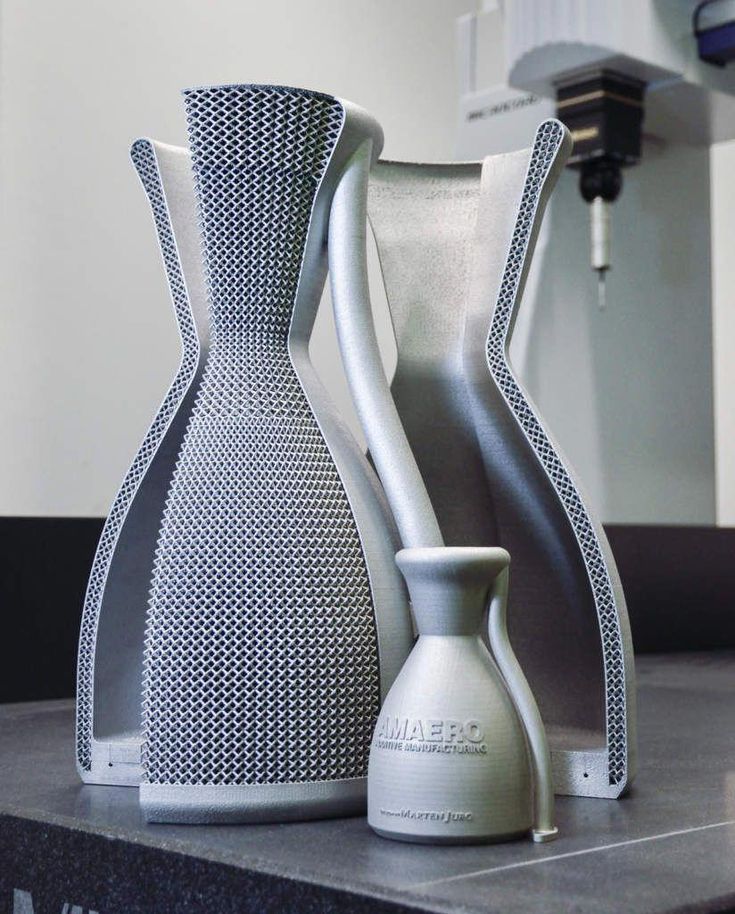 After that, all the necessary actions for finishing the part are carried out.
After that, all the necessary actions for finishing the part are carried out.
About the Rostec Center for Additive Technologies
Metal 3D printing and other types of additive manufacturing are actively developing at the enterprises of the State Corporation. The integration of these processes within Rostec is carried out by the Center for Additive Technologies (TsAT), created on the basis of holding corporations of the aviation complex. The shareholders of the organization are the holdings UEC, Technodinamika, KRET and Russian Helicopters.
The center has been operating for more than three years and today is the largest enterprise in Russia specializing in full-cycle industrial 3D printing. Parts for the largest domestic aviation projects are created here, such as the PD-14, PD-35, VK-650V, VK-1600V engines, the Ansat helicopter, etc.
Demonstrator engine VK-1600V at MAKS-2021. Photo: Viktor Molodtsov
At the recently held in the Zhukovsky International Aviation and Space Salon MAKS-2021 near Moscow, several developments using parts created at the Center were presented at once.





